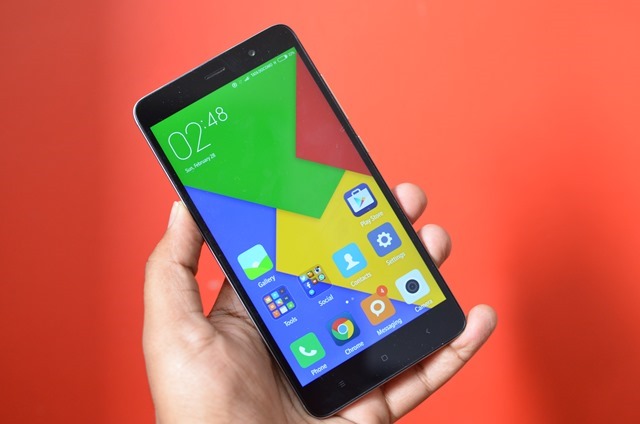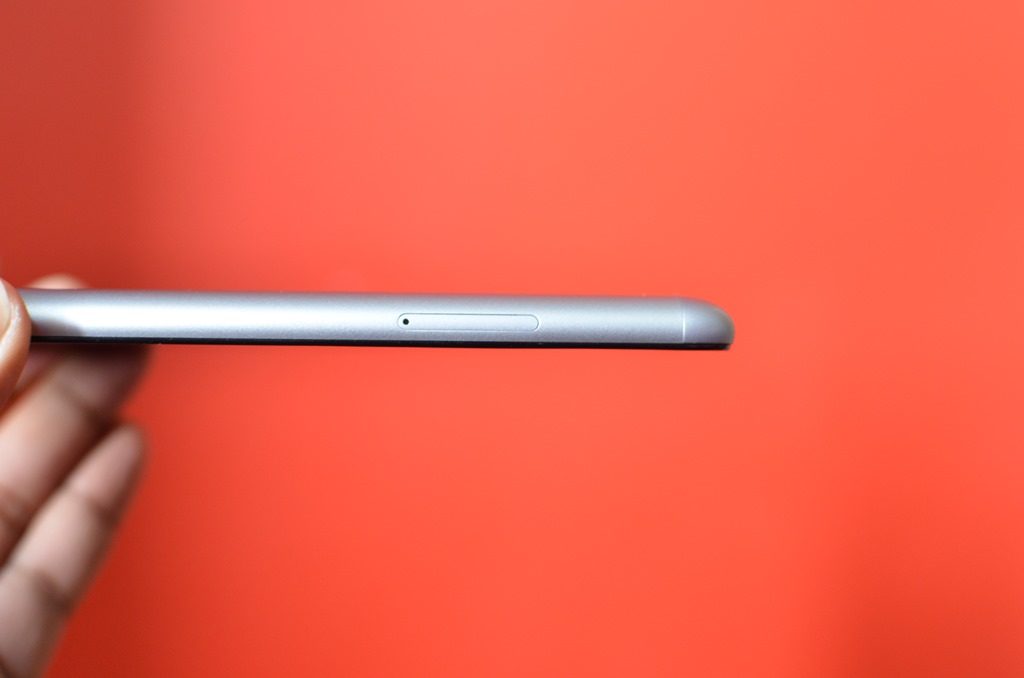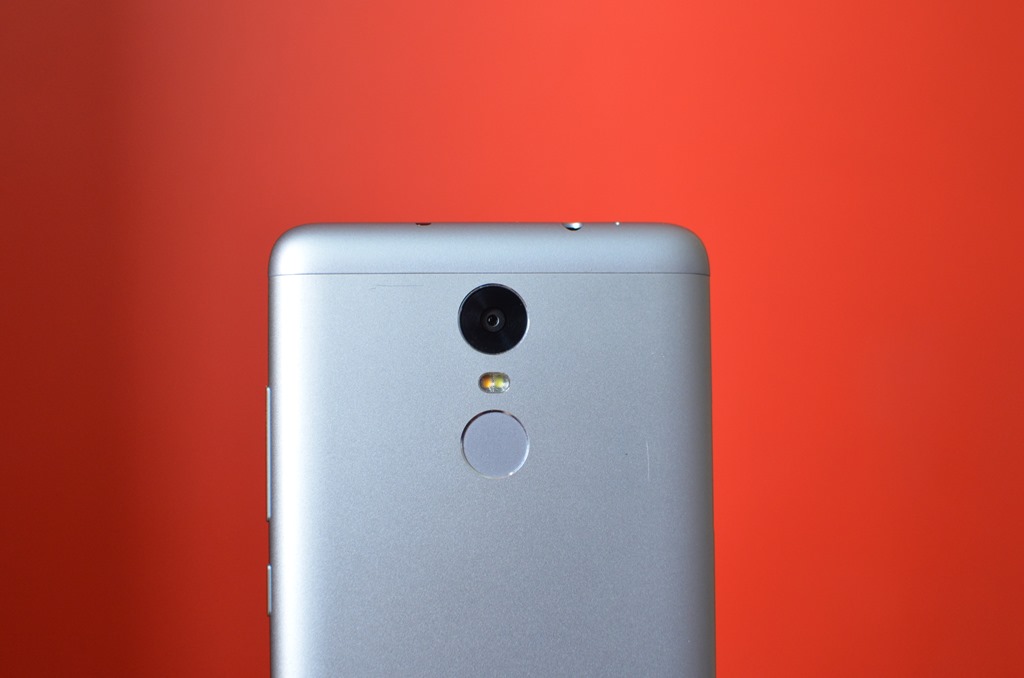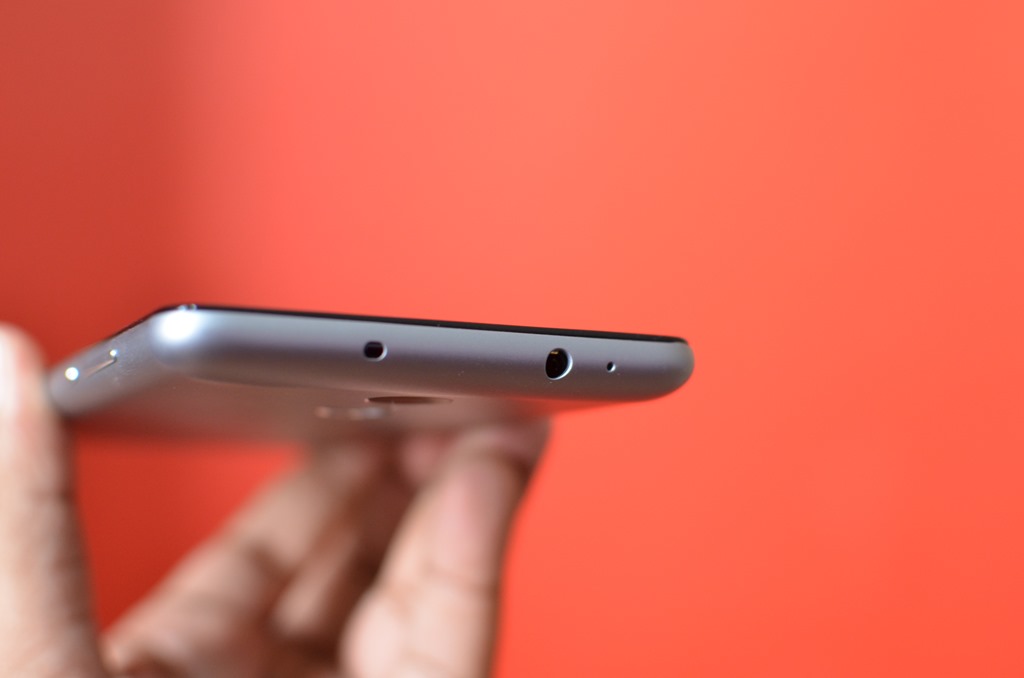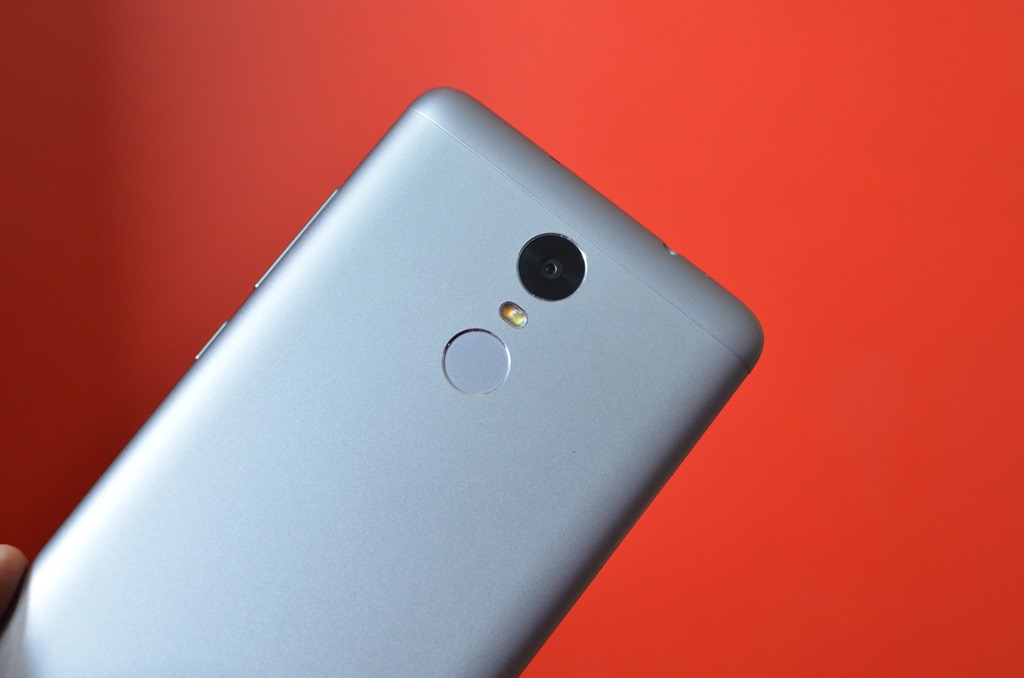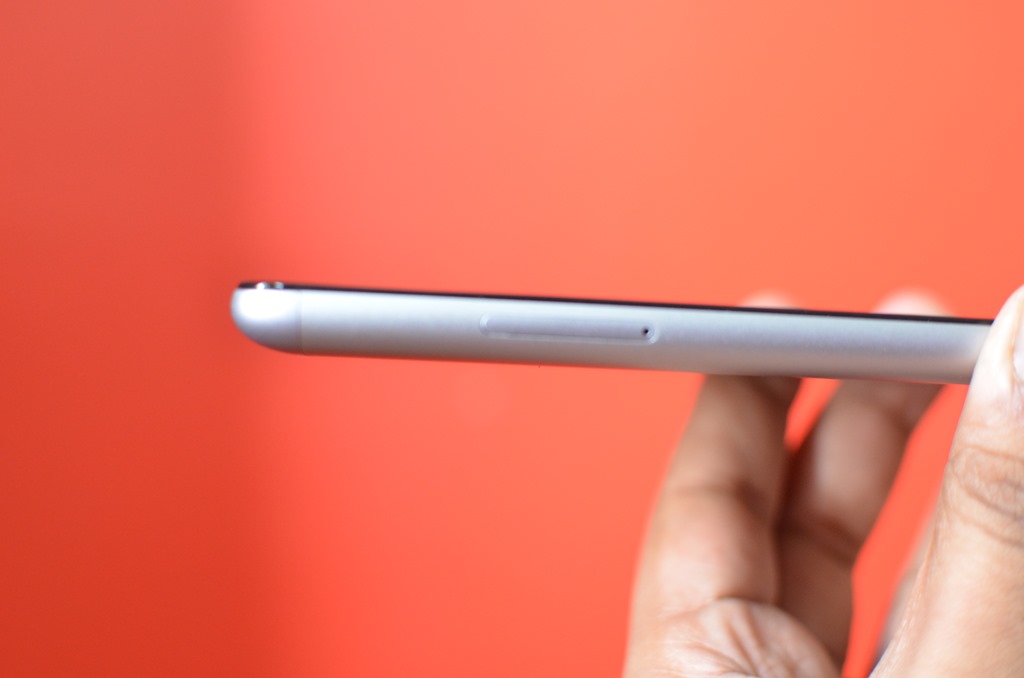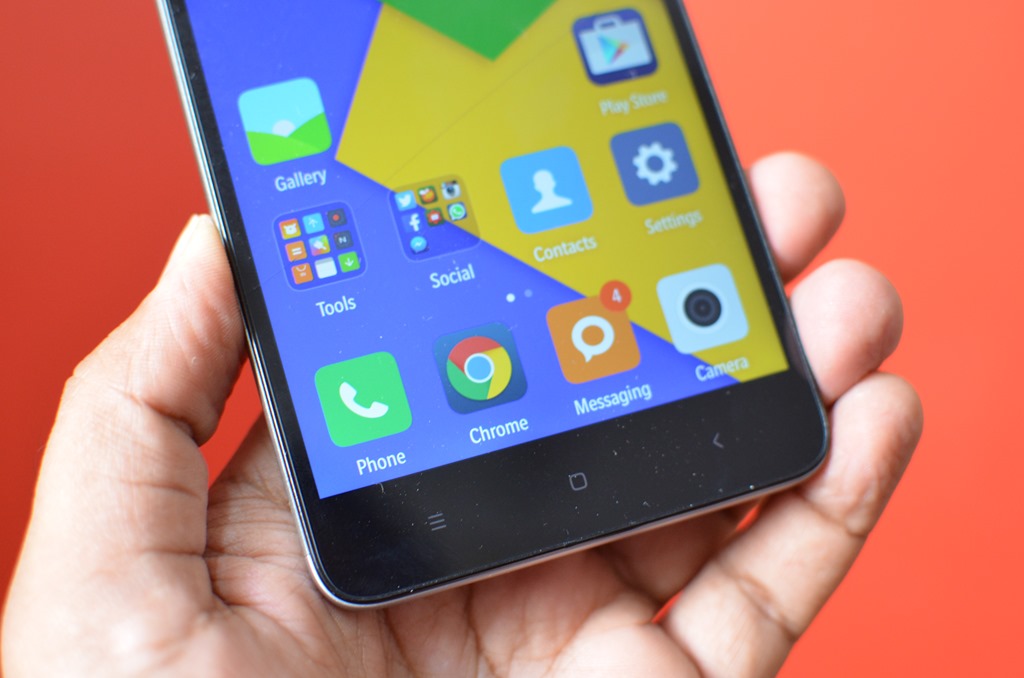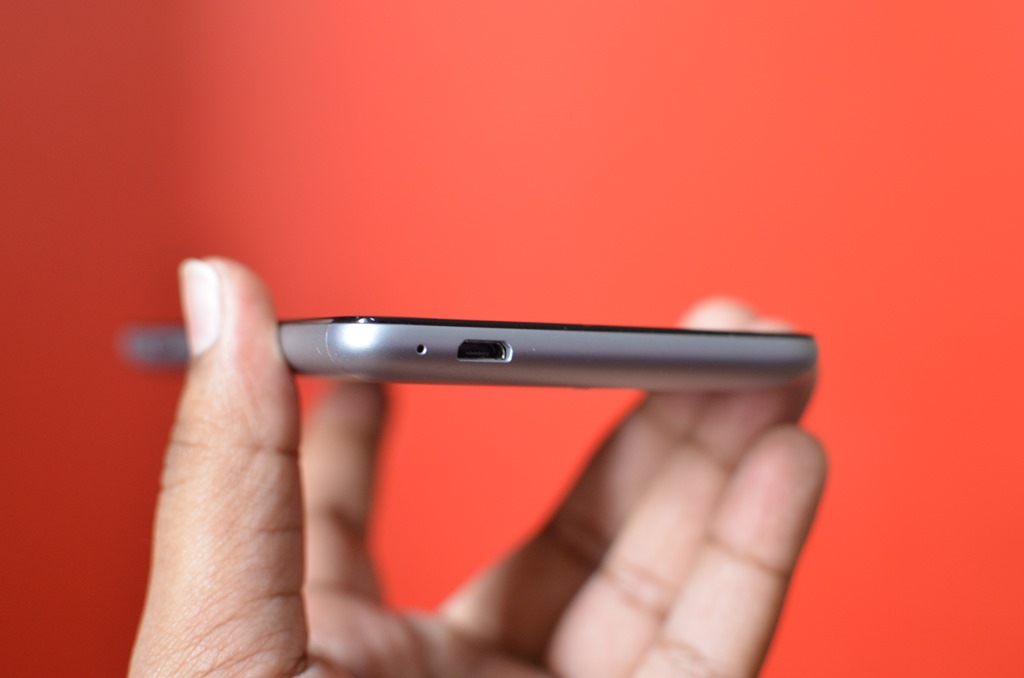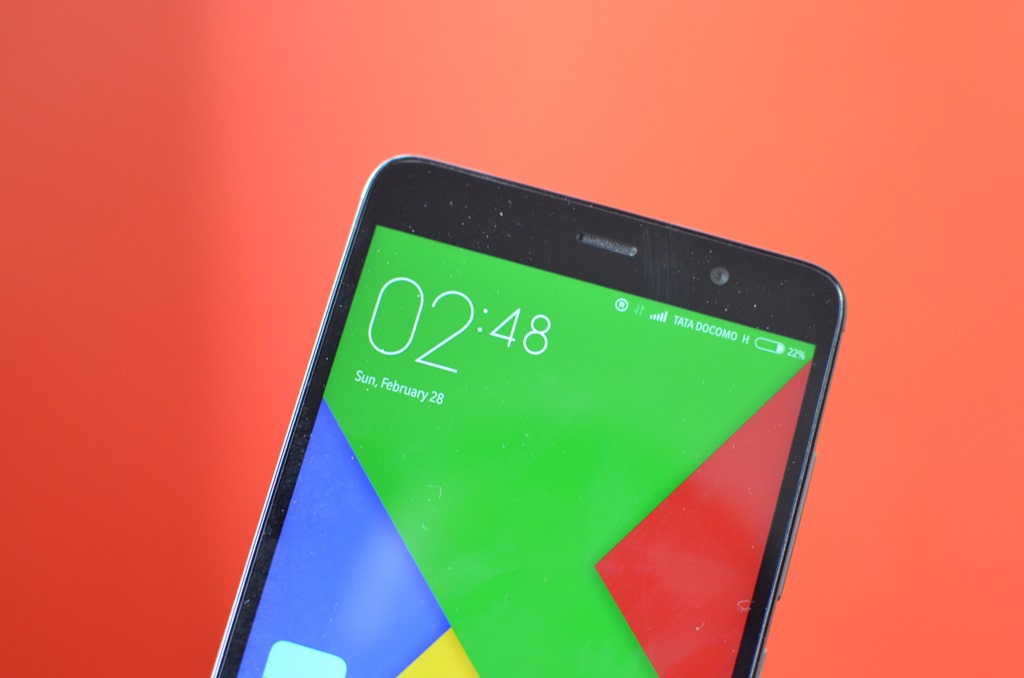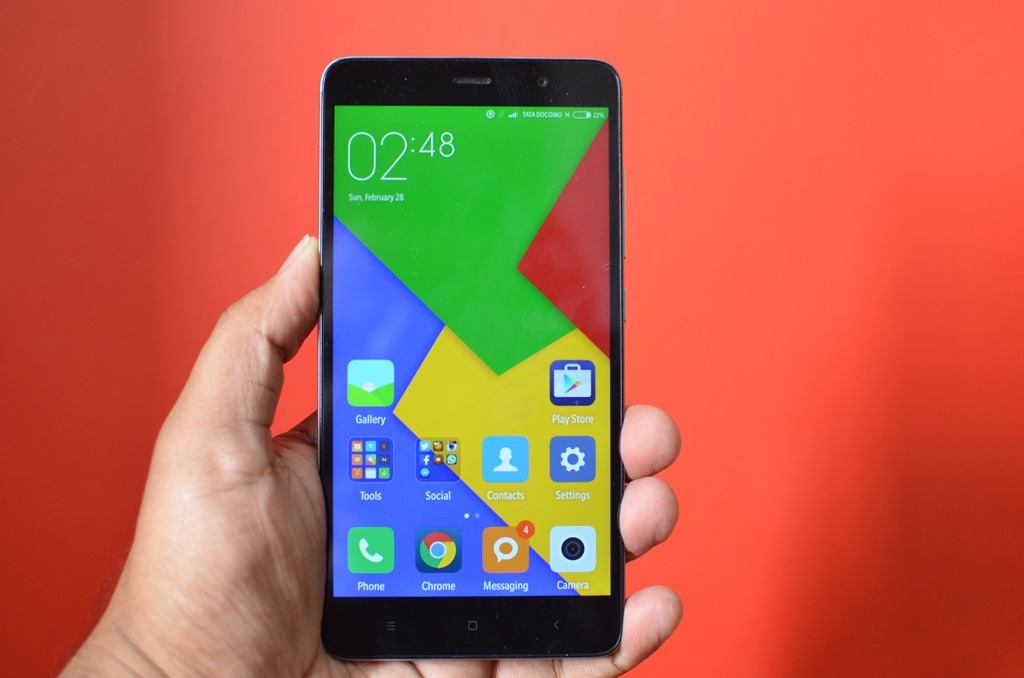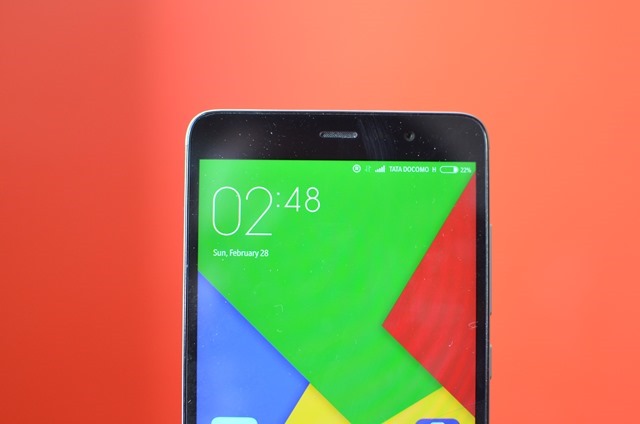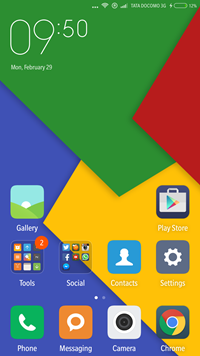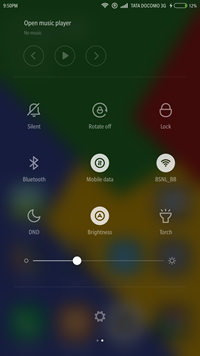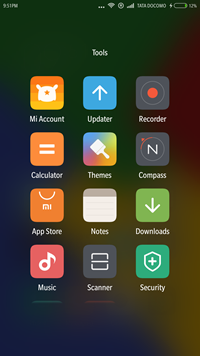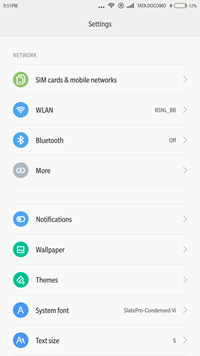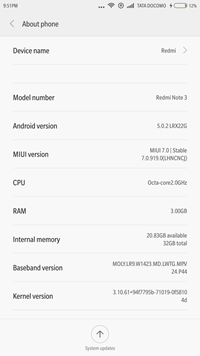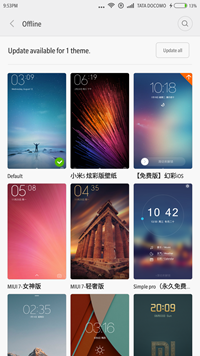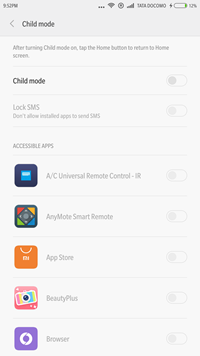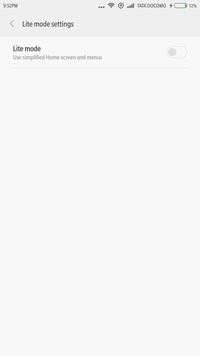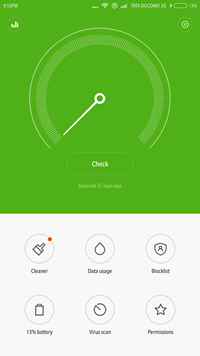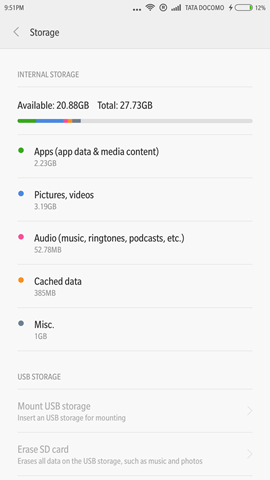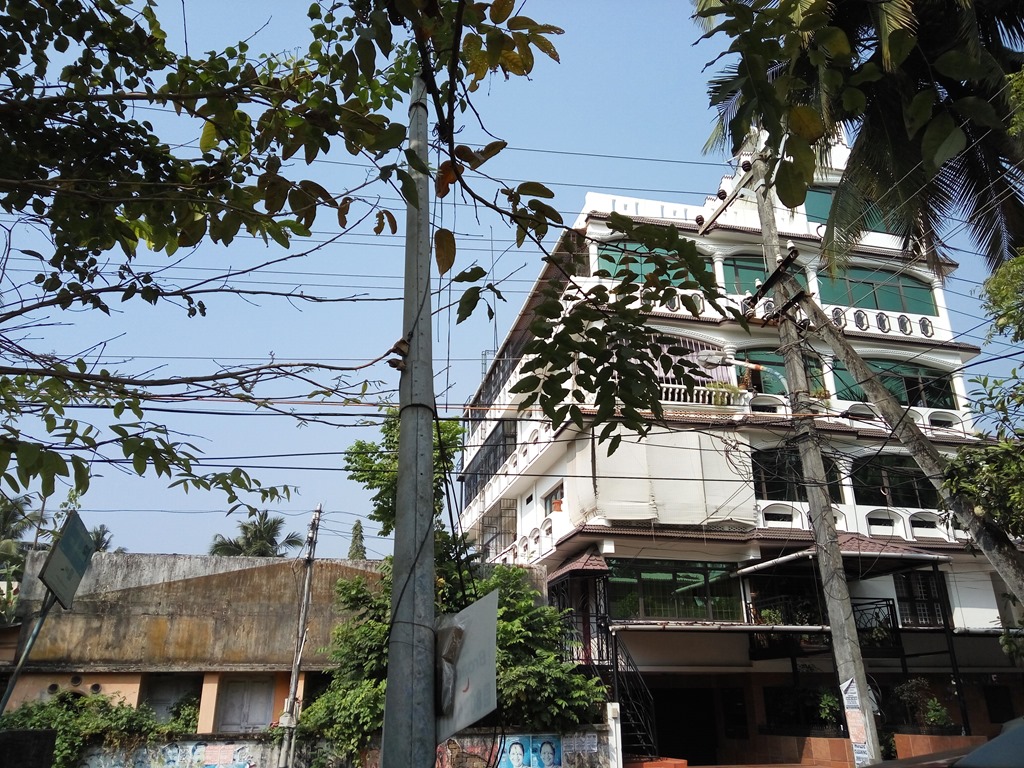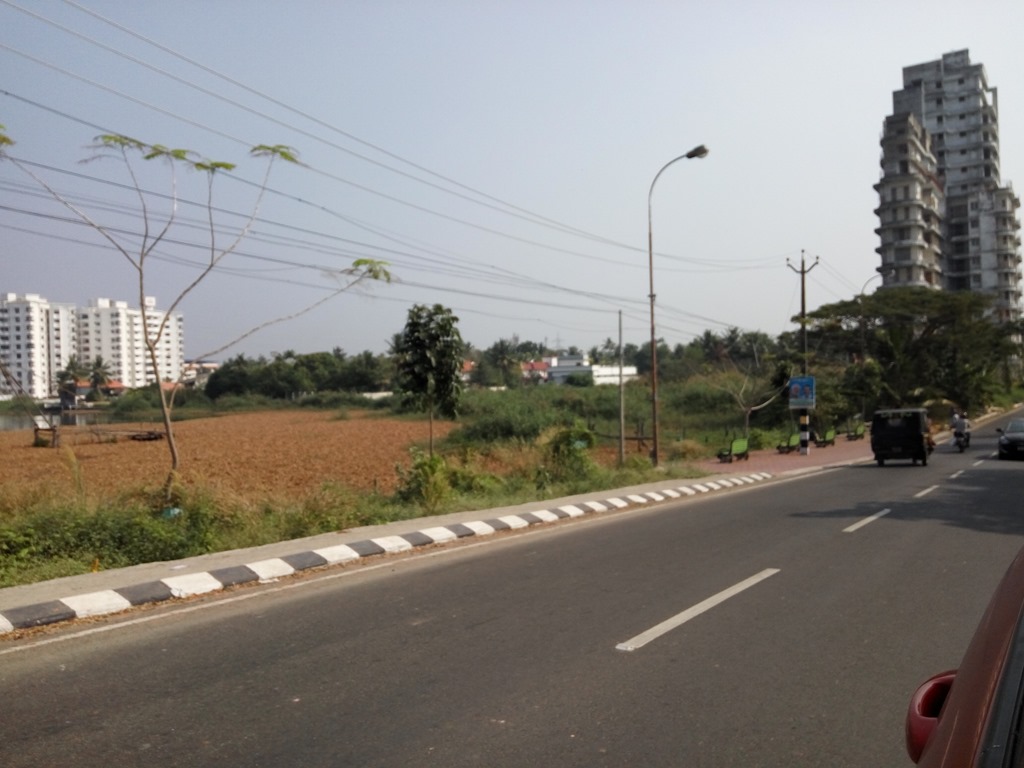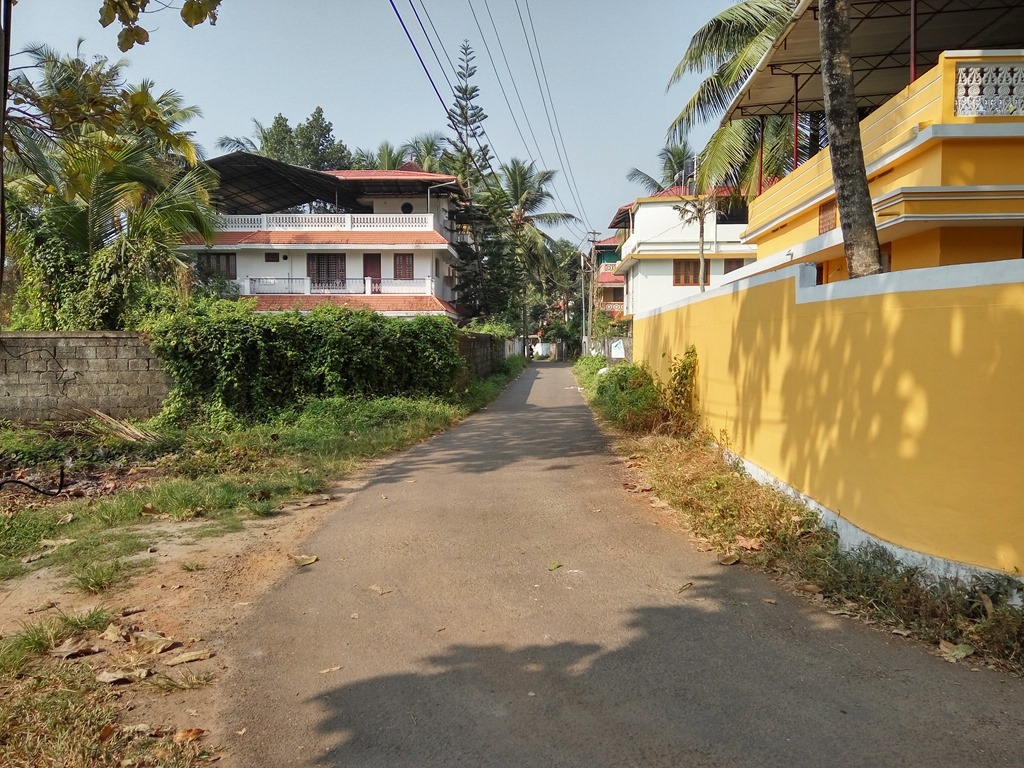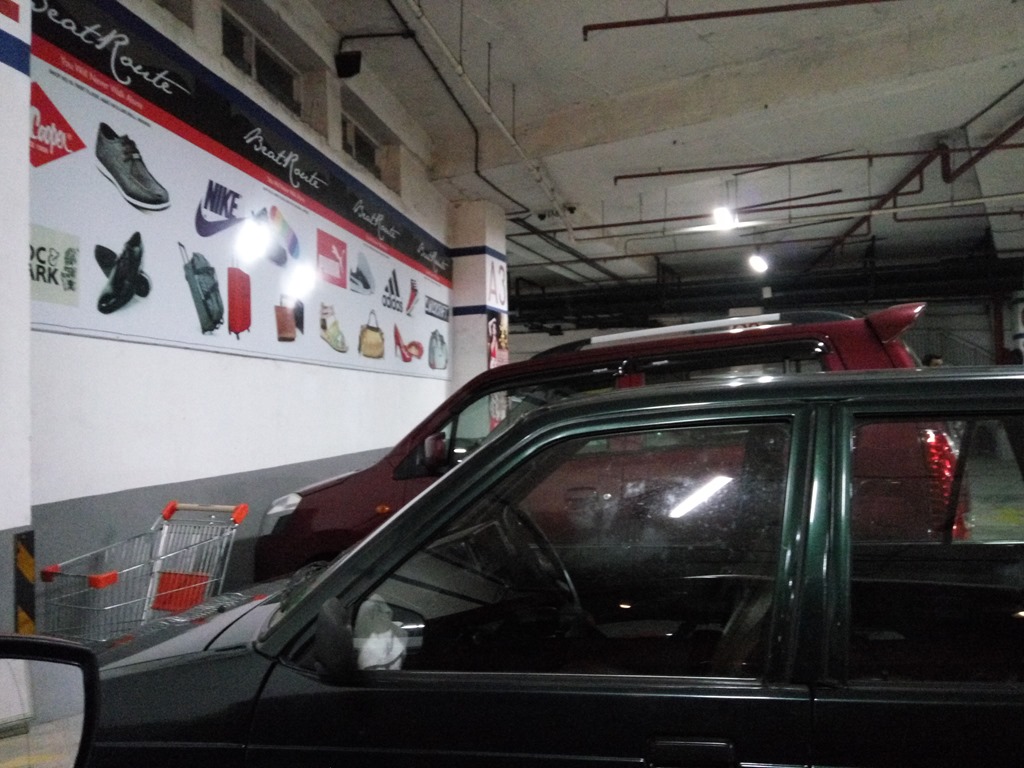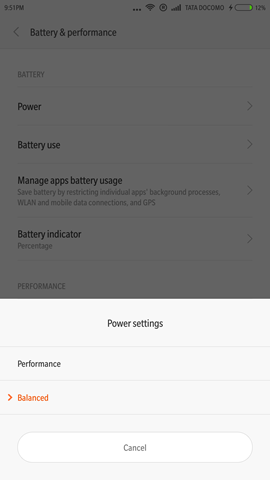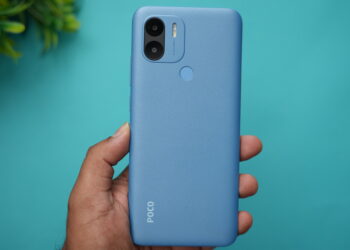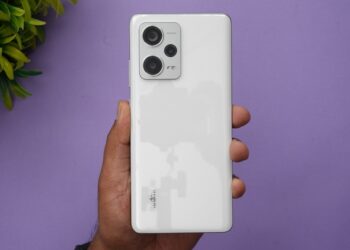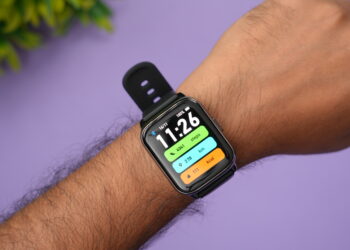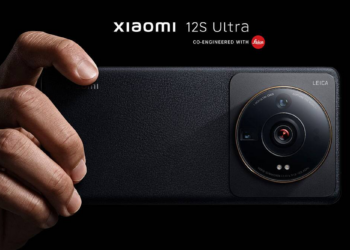Xiaomi Redmi Note 3 was announced in China back in November 2015 as the successor of Redmi Note 2. Xiaomi has upgraded the specs on the Redmi Note 3 with more RAM, fingerprint scanner and also a full metal body. The Redmi Note 3 comes with 5.5 inches Full HD display (1920 X 1080p) and also features the Sunlight display along with reading and night modes. The phone is powered by the flagship processor from Mediatek, the Helio X10 coupled with 3GB of RAM.
The internal storage is at 32GB and there is no expansion slot available on the phone. Here is our detailed review of the Xiaomi Redmi Note 3.
Here is the video review.
Design and Build:
Design-wise, there are few changes to the Redmi Note 3 and it now comes with an all metal design and has curved edges all round. It is available in grey, silver and gold variants. The front panel has a the 5MP camera, sensors, 5.5 inches Full HD display and three capacitive buttons below it which are backlit and offers haptic feedback.
On the left side is the SIM card tray which supports dual SIM card with 4G LTE and on the right side are the power and volume keys. Sadly there is no micro SD card expansion slot (on the Helio X10 variant) and you have to live with either 16GB or 32GB (based on the variant). The top houses the 3.5mm audio jack, secondary microphone and also IR blaster. The bottom portion has the micro USB charging slot. On the rear panel, we have the 13MP camera, dual tone LED flash and the fingerprint scanner located below it. The speaker unit is also located at the bottom.
Redmi Note 3 is pretty good in terms of the design and the build quality is also top notch for a phone in this price segment. But having said that since the phone has curved edges it is also slippery at times.
Display:
Xiaomi Redmi Note 3 comes with a 5.5 inch Full HD display with a resolution of 1920 X 1080p and 401PPI. The phone also comes with Sunlight Display which was first showcased with Mi4i in India and this display basically adjusts according to the brightness levels. The display looks quite good with vivid colors and great sharpness levels. The touch response is also very smooth and so are the viewing angles as this is an IPS LCD panel. The brightness levels are also good and the sunlight readability looks decent.
But at the same time, there is no protection offered for the display, like Corning Gorilla glass as it is not mentioned by the company. Overall, for a phone in this price category, we would say the display is pretty good.
Software:
As usual, the Redmi Note 3 comes with MIUI7 which is on top of Android 5.0 Lollipop. If you have been using a Xiaomi device previously, you might be knowing that the company concentrates of MIUI version rather than the Android version. Here again, you get a slightly out-dated variant of Android.
The phone comes with custom launched with multiple home screens devoid of an app drawer. The notification center and quick toggles are also completely customized.
If you have been using Xiaomi phones, the interface is quite familiar and there aren’t too many visual changes to the UI with MIUI 7. The phone comes with tonnes of options to customize, be it in the form of themes, icon packs, lock screen, boot animations, sounds and more. All of these can be downloaded from the Themes app.
The phone also comes with Child mode which was announced with MIUI (more details on Child mode available here) and also the regular Lite mode. The phone also features the security app which comes with cleaner, virus scan, block list, data usage and more.
Xiaomi has also added lots of useful apps like FM radio, recorder, Compass, torch and much more. Xiaomi’s attention to smaller details is simply amazing and the UI looks very much polished with no lags or crashes. Overall, while we can say this is one of the best ROMs available on Android.
Performance:
Xiaomi Redmi Note 3 comes with Mediatek MT6795 Helio X10 Octa-core CPU clocked at 2.0 GHz with PowerVR G6200 GPU. The phone which we tested came with 3GB RAM and 32GB internal storage. The Helio X10 is one of the really good processors in the mid range. The overall performance of the device was very good and we hardly had any issues or noticed any lags. The UI was responsive to almost all tasks and the overall response was flawless.
Redmi Note 3 handles tasks very well and the phone also does multitask pretty well, even with multiple apps running in the background, you get almost 1.5GB of RAM.
The gaming experience of the device was also pretty good and we played heavy graphic intensive games and the device handled it pretty well. Even though it has metal chassis, the heating was considerably low at 41 degrees.
The phone comes with 32GB internal storage out of which close to 27GB is available to the user in the first boot. Unfortunately, you cannot expand the storage on this version (Helio X10) The call quality on the phone was very good and the speaker performance was average. The phone comes with dual SIM card support along with 4G LTE.
The device sports a fingerprint scanner on the rear panel and you can add multiple fingerprints. The sensor can be used to unlock the device. The fingerprint scanner worked very well and unlocked the device quickly without any issues.
Camera:
The Xiaomi Redmi Note 3 comes with the same 13MP rear camera with f/2.2, phase detection autofocus and dual-LED (dual tone) flash. There is also a 5MP front camera for selfies and video calls. The camera interface is exactly the same found on all Xiaomi devices and comes with good set of options including Panorama, HDR, filters, slow motion and more. The interface is fairly easy to use and comes with all the bells and whistles you would need on a smartphone camera.
Coming to the camera quality, the rear 13MP camera comes with good sharpness levels and details, but lacks the punch in colors. Colors do look washed out at times and the dynamic range isn’t impressive. The camera is a decent performer in daylight but isn’t the best in this category. The close up shots have come quite good.
Talking about low light performance, extreme low light photos were noisy, but there is a decent amount of details when there was adequate light. The flash also works pretty well. The 5MP front camera is also quite good for selfies and does a decent job. The video recording is at 1080p and it is again decent, the colors although doesn’t look that great.
Here are some of the samples taken with this device.
Battery Life:
Xiaomi Redmi Note 3 comes with a massive 4000mAh battery and this is one of the specialities of the device. Without having to increase the size or thickness of the device, the company has managed to pack a 4000mAh battery into the device.
We tested the battery performance of the device on a 4G LTE network with social apps and other email accounts running in the background with calls, browsing, a bit of gaming and using the camera. With heavy usage, we got slightly more than a day with the battery usage and for moderate usage, you can get close to 1.5 days. Overall, the battery performance is good on the device.
Verdict:
While the Redmi Note 3 isn’t a major upgrade to the Redmi Note 2, there are some areas where the device shines. The good build quality along with superior performance and battery life makes this device a good buy. The camera could have been better and we expect Xiaomi to fix this with software upgrades.
In India, Xiaomi will be releasing the Snapdragon 650 variant of the Redmi Note 3 and we will have the detailed review of it once the device goes official.

